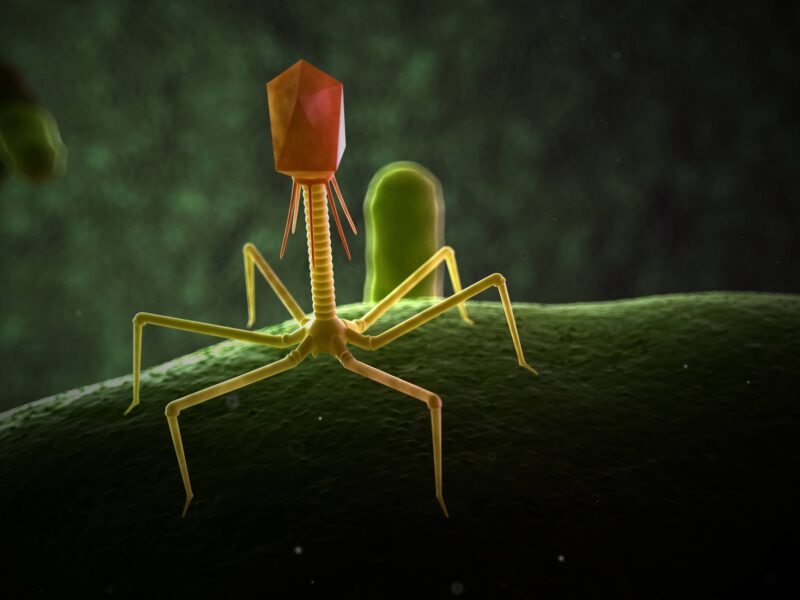Interdisciplinary Life Sciences Building

Formal opening of one of the largest academic construction projects in the history of Texas A&M University – the Interdisciplinary Life Sciences Building – is scheduled for Thursday (Sept. 24), setting the stage for the institution to play an even greater leadership role in some of the most complex and challenging research in the life sciences.
The opening celebration for the 220,000-square-foot building will be conducted at 6 p.m. and include remarks by Texas A&M University System Board of Regents Chairman Morris E. Foster, Chancellor Michael D. McKinney, Interim University President R. Bowen Loftin and Vice President for Research Jeffrey R. Seemann. Additional remarks will be presented by Dr. Tadhg P. Begley, holder of the Robert A. Welch Chair in Chemistry and the D.H.R. Barton Professor of Chemistry, one of the faculty members who will be headquartered in the new building.
“This is truly a marvelous facility – one that will serve our current faculty exceedingly well and will undoubtedly be a key factor in helping Texas A&M attract even more stellar members to our professorial ranks,” Loftin states. “It will unquestionably help in our Vision 2020 quest to rise among the ranks of the country’s top public universities and, even more importantly, serve our state and nation admirably in teaching and research endeavors in a host of emerging and exciting fields.”
Construction of the building started in 2006 under the leadership of then-President and current Secretary of Defense Robert Gates.
In addition to being one of the largest facilities ever built on the Texas A&M campus, the Interdisciplinary Life Sciences Building also represents the most extensive investment for a single building in the 133-year history of the institution – $100 million, notes Seemann.
“This magnificent state-of-the-art building will be home to world-class scientists who are carrying out important and exciting cutting-edge research focused on critical issues that affect the health and welfare of all Texans, including finding cures and innovative treatments for some of the most common diseases and illnesses people deal with on a daily basis,” says Seemann. “The investment in this building is also an important and significant part of Vision 2020 and a key step toward making Texas A&M one of the top 10 universities in the United States.”
The facility also represents a major investment in the economic future of Texas, he adds, and supports Texas A&M’s commitment to being an important source for technology development and commercialization, and an essential part of the innovation-based economy that is driving economic development in Texas, the nation and the world.
Three colleges – Agriculture and Life Sciences, Liberal Arts and Science – have been deeply involved in the building’s mission and purpose. Their dedication to the interdisciplinary vision of the building has been the key in the completion and occupation of the building.
“This building has made it possible for us to attract some truly outstanding faculty to Texas A&M and to put them together with interdisciplinary groups of faculty working on science problems of great interest,” says Dr. H. Joseph Newton, dean of the College of Science.
The new building, located near the heart of the campus, is designed to Leadership in Energy and Environmental Design (LEED) silver standards – a national standard for developing sustainable buildings – and includes more than 30 laboratories and an array of high-tech spaces, along with a 285-seat auditorium.
“The Interdisciplinary Life Science Building offers a tremendous opportunity for neuroscientists in our Department of Psychology to work with scientists from other fields,” says College of Liberal Arts Dean Dr. Charles A. Johnson. “Their combined work should yield significant scientific discoveries, highly sought-after graduates and major grants in this area.”
The building houses several core facilities that are critically important, both campus-wide and to the resident researchers’ programs. They include the Microscopy and Imaging Center, the X-Ray Diffraction Laboratory and the Laboratory for Biological Mass Spectrometry.
“The ILSB gives our scientists an opportunity to work together in this unique facility. The College of Agriculture and Life Sciences is proud to have collaborative faculty focused on solving today’s health issues through cross-cutting research in structural biology. Together, our faculty are making a difference for our state, nation and world,” says Vice Chancellor and Dean for Agriculture and Life Sciences Dr. Mark A. Hussey.
The building will be occupied by biologists, chemists, psychologists, computer scientists, statisticians and other researchers. They will focus on several key interdisciplinary efforts, initially including behavioral and structural neuroscience, structural biology and bioinformatics, with other interdisciplinary initiatives to follow.
Visitors will have the opportunity to tour the facility after the ceremonies.
For more information about the Interdisciplinary Life Sciences Building, go to: http://ilsb.tamu.edu/.





